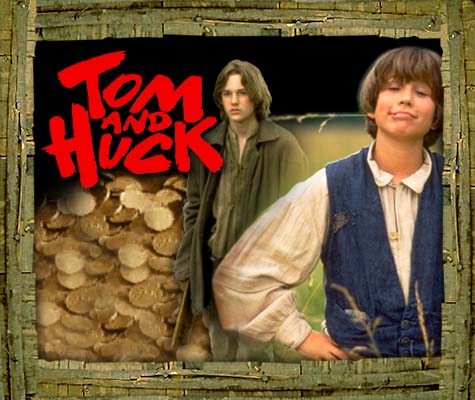This is the question
that my professor asked on the last day of our class study of the Adventures of Huckleberry Finn. This
novel has been challenged, contested, and ever rewritten once because of a
certain racial slur that appears in the novel. I won’t get into why its there
or the importance of its presence in the novel because so many academics (there
are Mark Twain theorists who have spent their entire CV studying Twain’s
novels) have argued that point up one side of the social commentary and down
the other, and I have no desire to add a note to the white noise. Instead I’ll
just say its there for a reason and changing it ruins the entire point. Anyway
this racial slur and the delicate issue of race are the entire point that this
book, the American novel as I said previously, faces plenty of contention when
people who understand its significance attempt to bring it into a high school
classroom.
Now, when the question was first posed to the class, my
first response was that I would teach it because my usual approach when dealing
with many delicate issues is to come equipped with a brick. Apparently there
are several specimens of teenage stupidity that use the novel’s context as an
excuse to take advantage of the slur and ruin this important work of literature
for everyone. In my smash-it-with-a-brick approach my expectation is that I’d
be teaching a group of high school students who should be capable of getting over
themselves for a 50 minute class.
Do you see the problem with my logic?



